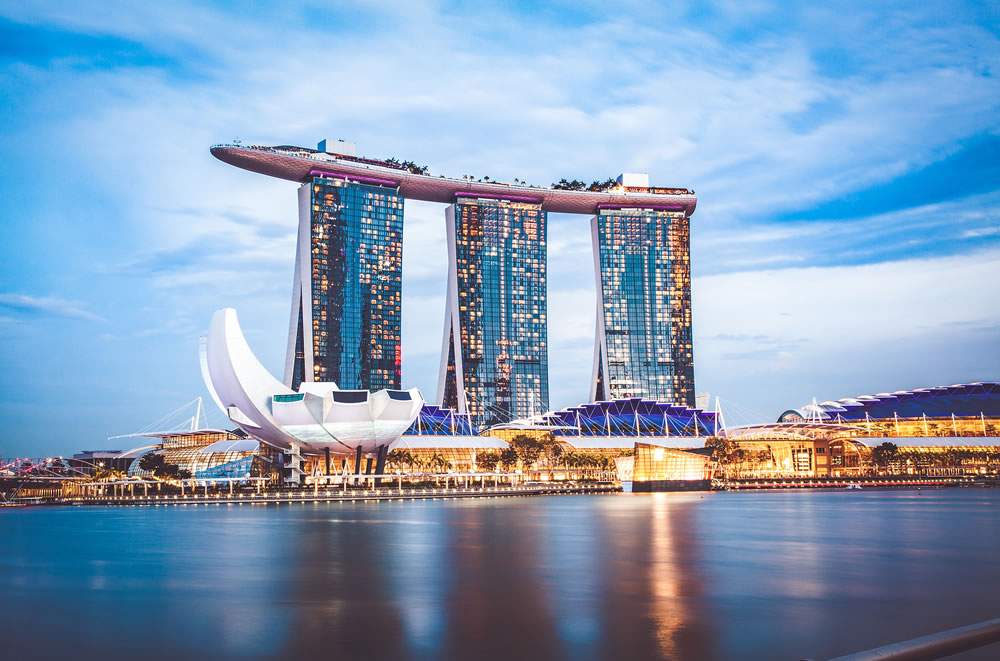Finding Value in Singapore’s Property Market Isn’t What It Used to Be

I’ll be honest – buying property in Singapore has become ridiculously complicated. Ten years ago, you could walk into a showflat, like what you see, and make a decision. Now? There’s so much to consider that even experienced buyers get overwhelmed.
My cousin recently spent six months looking for a condo. Six months! And she’s not even picky. She just wanted something decent, well-located, and within her budget. The problem wasn’t finding options – it was figuring out which one actually made sense. Here comes Pinery Residences that helped her.
Why Everything Feels Different Now
Look, the pandemic messed with everyone’s heads about property. Suddenly people who swore they’d only live in the CBD were looking at Serangoon and Yishun. Work-from-home changed everything. Who needs to be near Raffles Place when you’re on Zoom calls all day?
But here’s the thing – not all these “discoveries” are going to hold their value. Some neighborhoods genuinely improved. Others? Just got temporary attention. Telling them apart is the tricky bit.
I’ve watched friends buy in trending areas, convinced they’d found the next big thing. Two years later, they’re struggling to rent it out because guess what – working from home also means people don’t need to rent near their office anymore. It cuts both ways.
The MRT Station Gold Rush
Everyone knows the MRT proximity rule. But knowing it and timing it are completely different skills.
My colleague bought a place three years before the station opened. Brilliant move. Got in early, watched his property value climb steadily. Another friend bought six months before completion – basically paid the premium upfront. Not so brilliant.
The sweet spot isn’t some secret formula. It’s about finding locations where the infrastructure’s coming but the hype hasn’t hit yet. Easier said than done, obviously. Developers aren’t stupid. They price in future potential. You’ve got to find the gaps where they’ve underestimated or the market hasn’t caught on yet.
What Actually Matters When You’re Choosing
I hate those property articles that list ten “must-have” features. As if everyone wants the same thing. Your priorities aren’t my priorities.
That said, there are some things that consistently matter regardless of who you are. Quality construction, for one. You can change everything else – renovate, modify, whatever. But if the building itself is shoddy? You’re stuck with it.
Developer reputation matters way more than people admit. There’s this temptation to go with smaller developers offering better prices. Sometimes it works out great. Sometimes you end up with defects, delays, and customer service that ghosts you after TOP. Not worth the stress.
The location is obviously huge, but it’s not just about being central. It’s about being near what you actually need. Got kids? School proximity isn’t negotiable. Exercise freak? You’ll hate living far from parks or gyms. Remote worker? You might prioritize quiet over convenience.
The Bukit Timah Area Keeps Surprising Me
I’ve always liked the Bukit Timah corridor. Not the most exciting part of Singapore, sure, but it’s solid. Good schools, nature nearby, decent connectivity. Not flashy, just reliable.
What’s interesting is how new developments there are trying to bring something different. Take Pinery Residences Condo – it’s along Upper Bukit Timah Road, which isn’t exactly undiscovered territory, but the approach feels fresh. Instead of cramming in maximum units, they’ve actually thought about livability. Smart home stuff that’s useful (not gimmicky), wellness facilities that might actually get used, that sort of thing.
I checked it out a few weeks ago. Honestly I wasn’t expecting much – just another launch, right? But the layout made sense. Not those weird narrow living rooms where you can’t fit proper furniture. Actual functional spaces. Plus the whole development sits in an area that’s already established, so you’re not gambling on whether the neighborhood will materialize around you.
The Bukit Timah corridor generally offers this balance that’s hard to find elsewhere. You get the maturity of an established area but with modern developments bringing contemporary living standards. Not as pricey as Orchard or Sentosa but way more substance than some of the outer regions.
Nobody Talks About This Stuff
Here’s what they don’t tell you at showflats: visit the area on a rainy Wednesday evening. Seriously. That’s when you see the real neighborhood.
Traffic jams you didn’t know existed suddenly appear. That “quiet street” becomes a rat-run for avoiding the main road. The hawker center that looked charming? Now it’s packed with nowhere to park.
I learned this the hard way. Bought a place after two weekend viewings. Moved in and discovered the school nearby meant insane traffic every morning and afternoon. I didn’t think to check because I don’t have kids. But guess what – it still affects you.
Talk to people actually living there. Stand outside a condo and chat with residents. Most people are happy to share honest opinions. You’ll learn more in ten minutes than from hours of online research.
Check the master plan. URA’s website shows what’s planned for every area. That empty plot next door? Might become another condo. Or a highway. Or nothing for another decade. Knowing this stuff helps you avoid nasty surprises.
Money Stuff Nobody Wants to Think About
Everyone focuses on the down payment and monthly mortgage. Makes sense – that’s where your money goes. But man, the hidden costs add up fast.
Stamp duty. Legal fees. Renovation (always costs more than you budgeted). Furniture. Then ongoing maintenance, property tax, utilities. If you’re renting it out, factor in agent fees, vacancies, potential difficult tenants.
I’ve seen people stretch themselves by buying a property, then live in an empty apartment for months because they can’t afford to furnish it. Or they skip on renovation and wonder why their rental yield is terrible. You’ve got to think beyond the purchase price.
For investors, understanding your tenant matters hugely. Buying a family-sized unit near a business park? Good luck finding tenants. Young professionals want studios or two-bedders near their offices. Families want space near schools. Match your property to the likely tenant pool or you’ll sit on vacancies.
What I’d Tell Someone Starting Out
Don’t rush. Seriously, don’t. FOMO is real in Singapore property but panic buying leads to regret.
The “perfect” property doesn’t exist. You’re looking for something that ticks most boxes and doesn’t have any dealbreakers. That’s realistic.
Be brutally honest about what you can afford. Not what the bank will lend you – what you can comfortably pay while still living your life. Being house-poor sucks.
Question everything developers tell you. They’re not lying (usually), but they’re definitely spinning. That “minutes from MRT” might be a 15-minute walk. “Award-winning design” might mean they won some obscure industry award nobody’s heard of.
And most importantly – understand that property is a long-term thing. If you’re buying for your own stay, think about the next ten years. If you’re investing, think about rental demand and capital appreciation over a similar period. Quick flips are rare and risky.
Bottom Line
Singapore’s property market isn’t getting any simpler. More options, more information, more factors to consider. But that also means more opportunities if you know what to look for.
The winners aren’t the ones chasing every new launch or following crowd mentality. They’re the ones who understand their own needs, spot genuine value versus marketing hype, and have patience to wait for the right opportunity.
Whether you’re buying your first home or your fifth investment property, take your time. Do the boring homework. Ask uncomfortable questions. Visit at weird times. Talk to real people living there.
Because at the end of the day, you’re not just buying square footage – you’re choosing where you’ll live or where someone else will want to live. That decision deserves more than a quick showflat visit and a signature.






